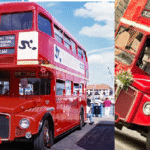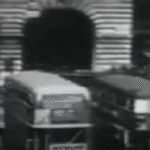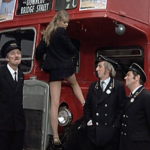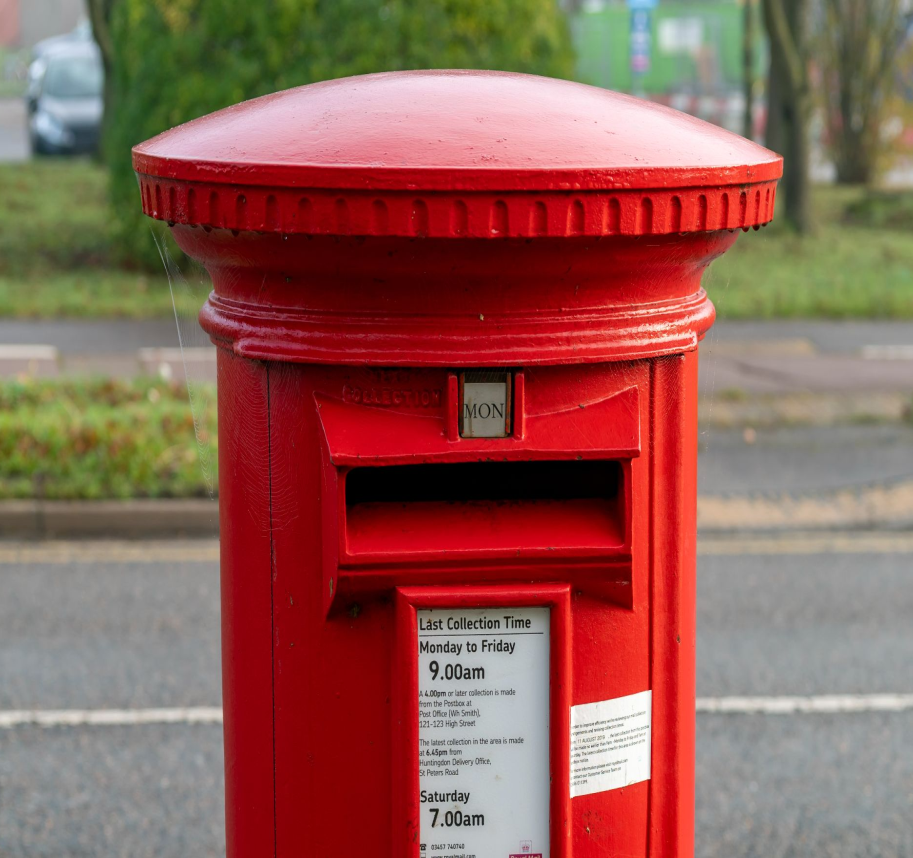The story of the post box in Britain owes much thanks to Rowland Hill who introduced many innovations and reforms to the British postal delivery service. Before Hill’s reforms of 1840, the postal system was expensive and complicated with postage charged by distance. Collection of post was by way of a man walking the streets ringing a bell for people to come out with their post which they could then give to the bell man. There were also receiving houses where people could take there post which would then be delivered on their behalf, like a type of early post office.
 In 1837 Rowland Hill published a pamphlet Post Office Reform: Its Importance and Practicability. In the pamphlet, Hill suggested that the way forward was to simplify and unify the postal services with the introduction of prepayment for postal services. The prepayment of postal services should not only be uniform but should also be low.
In 1837 Rowland Hill published a pamphlet Post Office Reform: Its Importance and Practicability. In the pamphlet, Hill suggested that the way forward was to simplify and unify the postal services with the introduction of prepayment for postal services. The prepayment of postal services should not only be uniform but should also be low.
Anthony Trollope, the famous novelist, once worked for the post office and promoted the idea of road side letter boxes that he had seen during his travels in France and Belgium. In 1953, he suggested that road side post office boxes should be introduced to Britain and initially they were trialed in the Channel Islands. 3 cast iron boxes were trialed, primarily as cast iron was strong and durable in terms of security. The initial success of the post boxes led to their introduction on the British mainland. The boxes differed in size and dimensions as there were no uniform box and it was not until 1859 that a uniform design was introduced as a money saving measure. The red colour was introduced in 1879.







